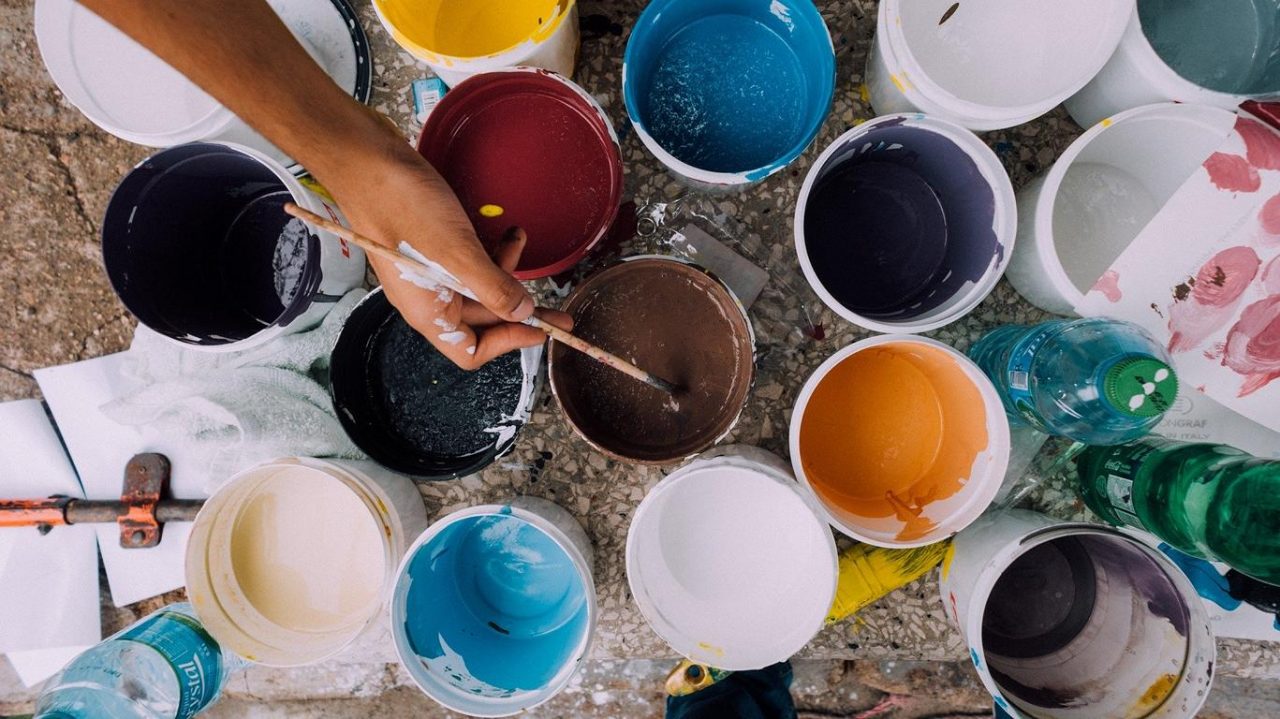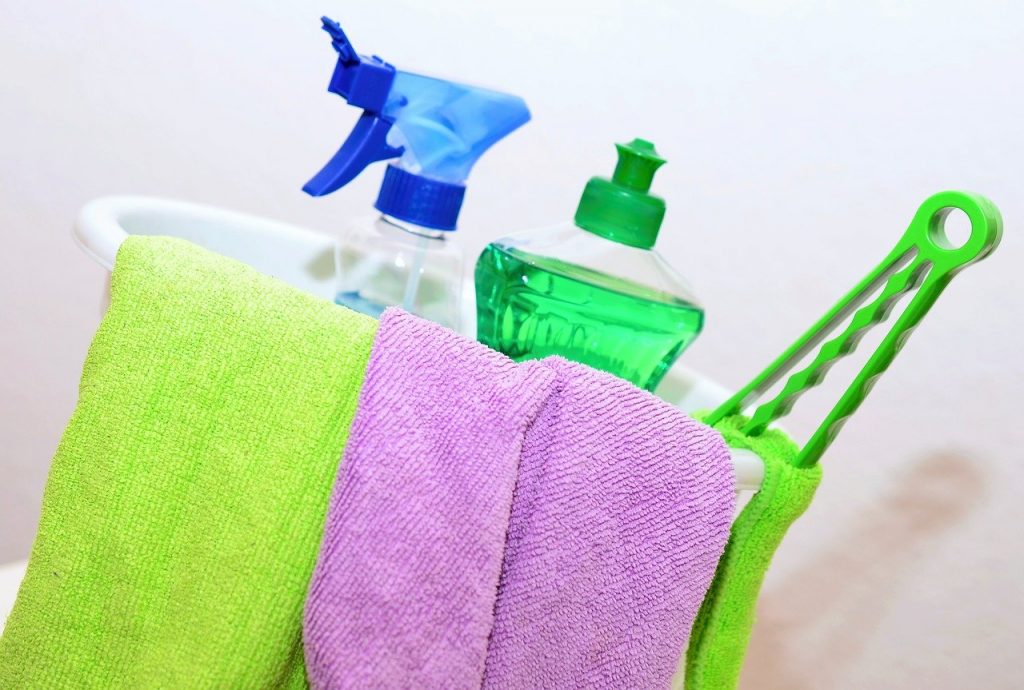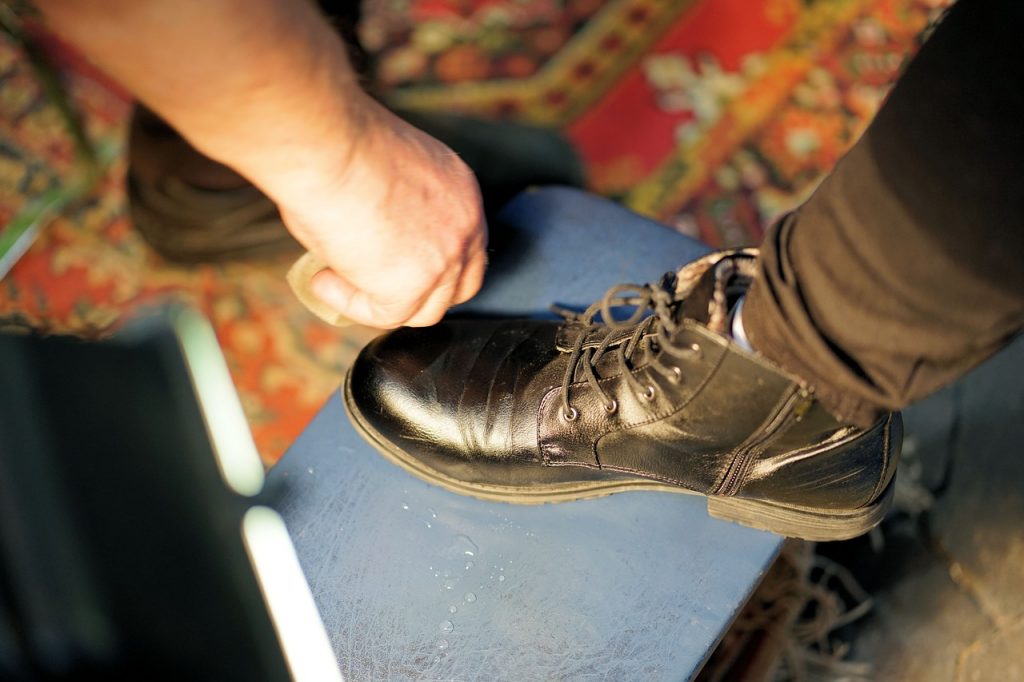How to Get Rid of Paint Smell | Remove Smells from Room
A fresh coat of paint can make any room brighter. Unfortunately, drying paint has a strong smell that can be very unpleasant for you and your family.
For people who are sensitive to odors, paint’s rancid scent can be overpowering, causing headaches and nausea.
However, there are some simple steps you can take for minimizing and eliminating this bad odor from your room.
What causes this unpleasant smell?
No matter what color or gloss, household paint is made from tinted particles mixed with a solvent. When you stir particles and solvent together before you begin brushing your walls, you are making certain that the solution is well-mixed.
Once it is on your walls, any solvent begins evaporating. When volatile organic compound molecules from paint solvent get into your air, they cause a strong smell.
How can you minimize smells when redecorating?
When you apply a fresh coat, there will always be some amount of smell to deal with as part of the drying process. However, there are some steps you can take before you start your project that can keep odors at a minimum and prevent them from spreading.
Ventilate Your Room
When possible, open up windows in the space where you are working. Molecules of drying solvent will be pulled outside through the windows. This will help get rid of any smell before it can get too strong.
Remove fabrics
Fabrics in bedding and window treatment can absorb molecules of the volatile organic compounds released by paint. Unpleasant smells then become lingering scents.
Give Time Between Coats
If you put a second coat on top of paint that is not yet dry, it will slow the drying process and cause scents to last longer. Allow time for each coat to dry fully. This will decrease the concentration of solvent molecules in your air. Avoiding humid days is also a good practice when painting. High levels of moisture increase drying times for your project.
Close Off Other Rooms
You want your project’s space to be well-ventilated with open windows. Yet, you should also close off other rooms. Closing windows in other rooms will prevent airflow toward them. Shutting doors will prevent odors from spreading throughout your house.
Use Low-odor Paints
Some brands come in low-odor varieties. It will be easier to deal with odors when you are working with a product designed to limit them.
How You Can Get Rid of Paint Smells
Once you open a can, you will begin noticing smells in your air. Having taken steps for limiting such smells, you can now take steps to get rid of them. Many solutions that remove odors are low in cost and are carried out easily.
Since volatile organic compound molecules are floating in your air, you want to find methods that move them elsewhere or absorb them.
Baking Soda
Baking soda has been used for removing bad smells for years. Many families keep an open box in their refrigerator for keeping rancid scents at bay. This substance also works when you want to rid your home from paint smells.
Just take a few cereal bowls and fill them with baking soda, locating them in several places around your workspace. Close your door and allow your baking soda to do its magic overnight.
Lemon Water
A bucket of water can be an effective trap for volatile organic compounds. Fill it up and place it in a central space in your room. For an even more efficient process, cut up some lemons and stir them in.
Lemon juice’s acid will react with odor-carrying chemicals, neutralize and absorb them. Once used to remove odors, these lemons cannot be used for other purposes. Put them in your compost pile.
Charcoal or Coffee Grounds
Activated charcoal and coffee grounds are also effective tools for smell removal. They are both great at absorbing moisture and molecules. Both substances have broad surface areas that are critical for their absorbing power.
Amazingly, a teaspoon of activated charcoal has a surface area as large as a football field. You can place either substance in several bowls, employing a similar technique as when using baking soda.
Onions or Vinegar
Acids in onions and vinegar break down organic compounds much like lemon juice. If you are using onions, cut one or two large onions in half and let them sit in your room. For vinegar, fill several cups or bowls. You will want to stir them periodically. Also, you should refill the bowls after a few hours for a fast process.
Vanilla or Peppermint Extracts
Natural extracts can be used in two ways. After you have finished painting, natural extracts are an efficient way to cover and reduce smells. Compounds in these extracts also bind to solvent molecules, neutralizing their scent.
You can also use vanilla or peppermint before you begin your project. In this case, add a few drops to your paint as you stir it. It will change its smell before you start painting, eliminating your need to rid it from your home.
Air Purifier
An air purifier is a more expensive way of handling unpleasant smells. If you already have one, you know how good a tool this device is for odor removal. An air purifier circulates air while filtering it. In addition, these devices use a chemical catalyst or static electricity to neutralize odor-carrying molecules.
A Temporary Inconvenience
While paint odors are inconvenient, they are only a temporary problem. With proper preparation, you can keep them at a minimum. With careful treatment, you can quickly be rid of them. A passing unpleasantness will be replaced by a bright and beautiful new room.
Using Vanilla Extract to Remove Paint Odors
In this video, a presenter demonstrates how a small amount of vanilla extract mixed with your paint can eliminate the rancid odor of fresh paint before it starts. You can also use natural vanilla or peppermint extract for covering odors. They can also remove smells while a room is drying. This is a simple, inexpensive technique that anyone can safely employ.
You are currently viewing a placeholder content from Youtube. To access the actual content, click the button below. Please note that doing so will share data with third-party providers.


